Fix a Brog

Smash that Bell (of Enlightenment)!
While I’m away on tour, I’ll be republishing a few of the early entries starting with this one. I’ll be back at the end of March!
I’ve read essays here and there asking, what can be done to preserve the shakuhachi? I don’t think the shakuhachi is going anywhere, frankly…But what about the tradition of shakuhachi? That’s a bit shakier ground.





It’s Hard Out There for a Monk
The samurai who chose to become monks did so out of disillusionment with war and killing. Why are these not the stories we idolize?

Argumentum ad Ignorantiam
“The need to assert Christianity’s influence in every aspect of life and culture is not research or education, nor is it an honest expression of faith; it’s zealotry.”
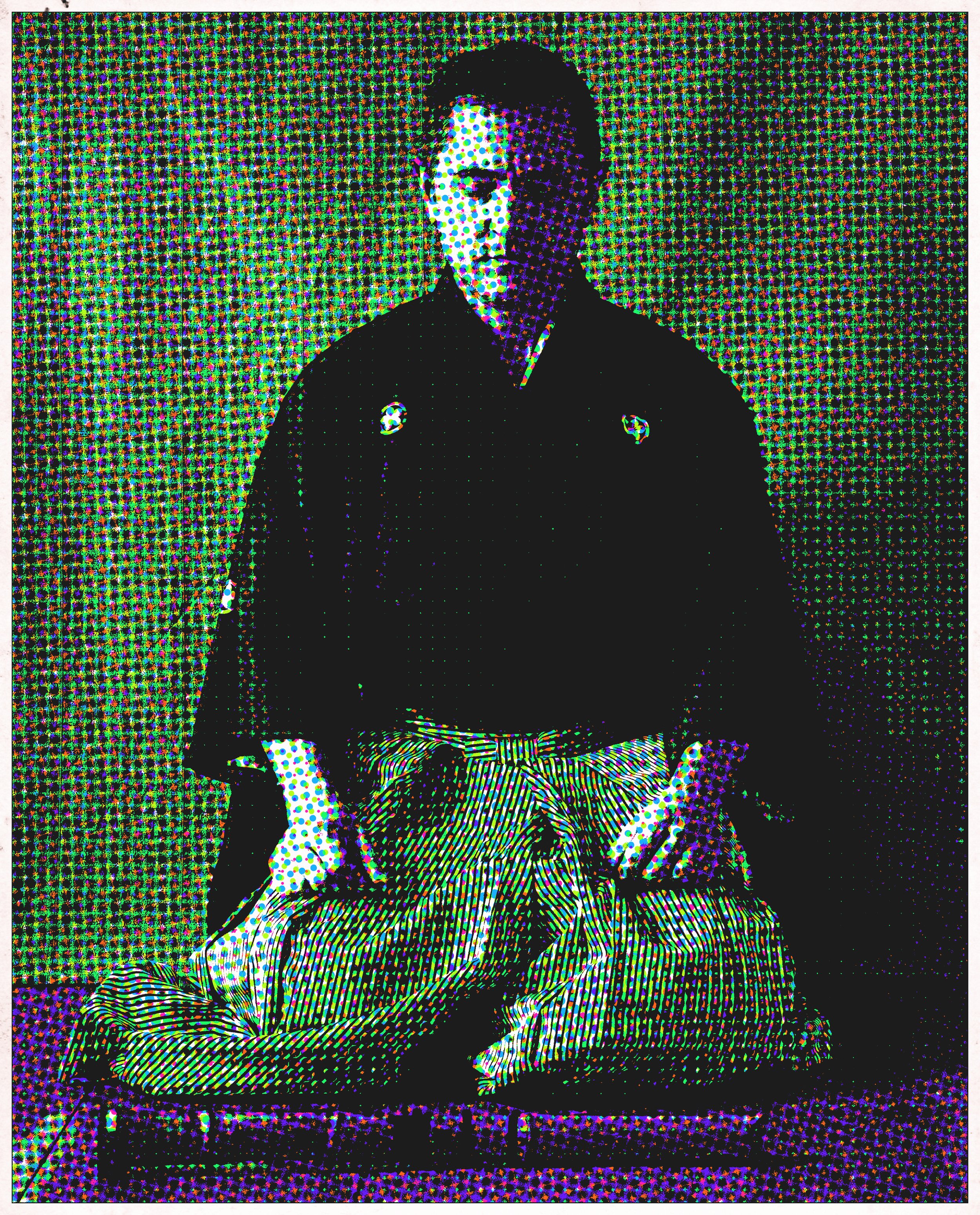
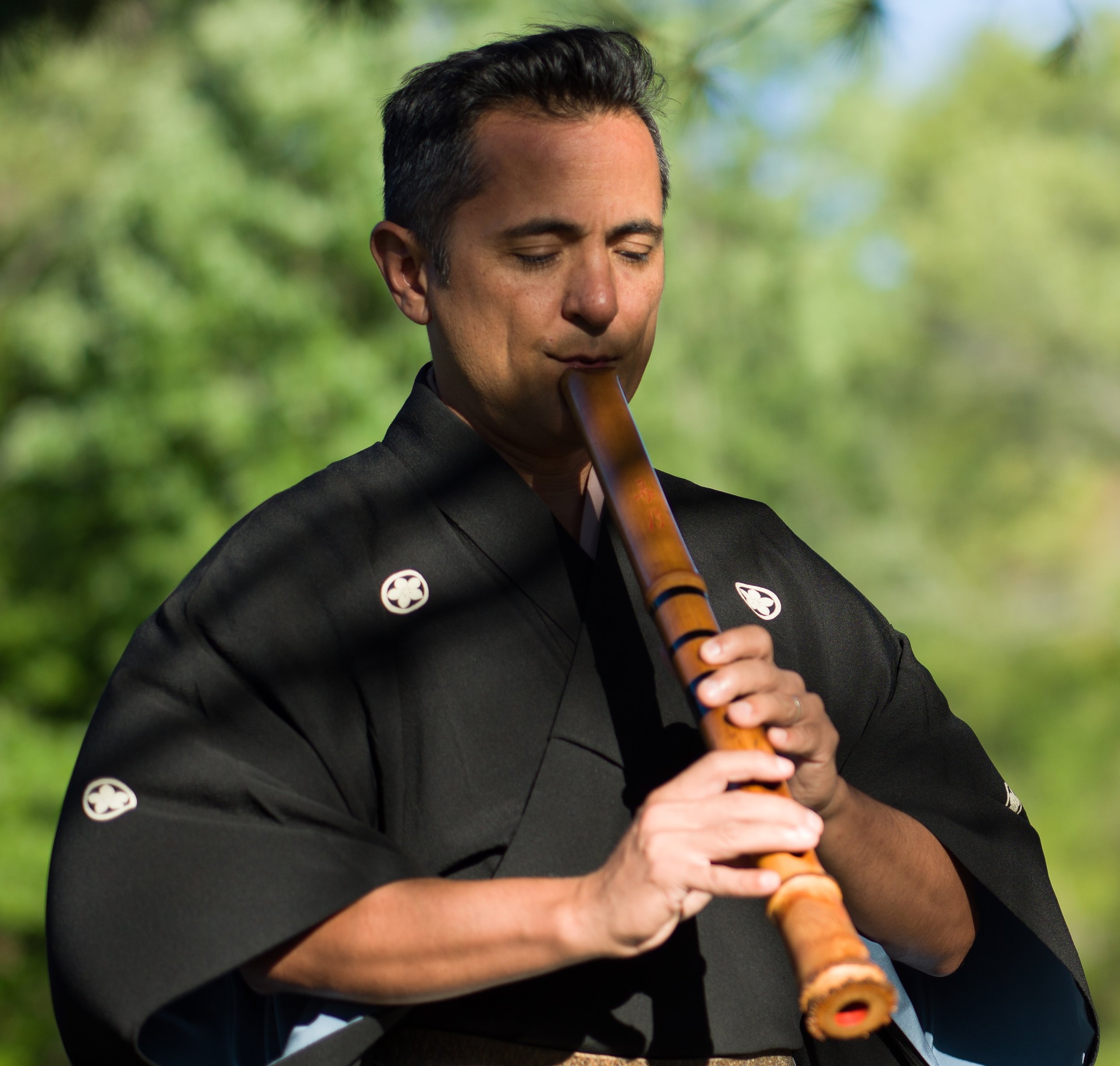
A Song of Plovers
A look at four generations via four different takes on Chidori no Kyoku…
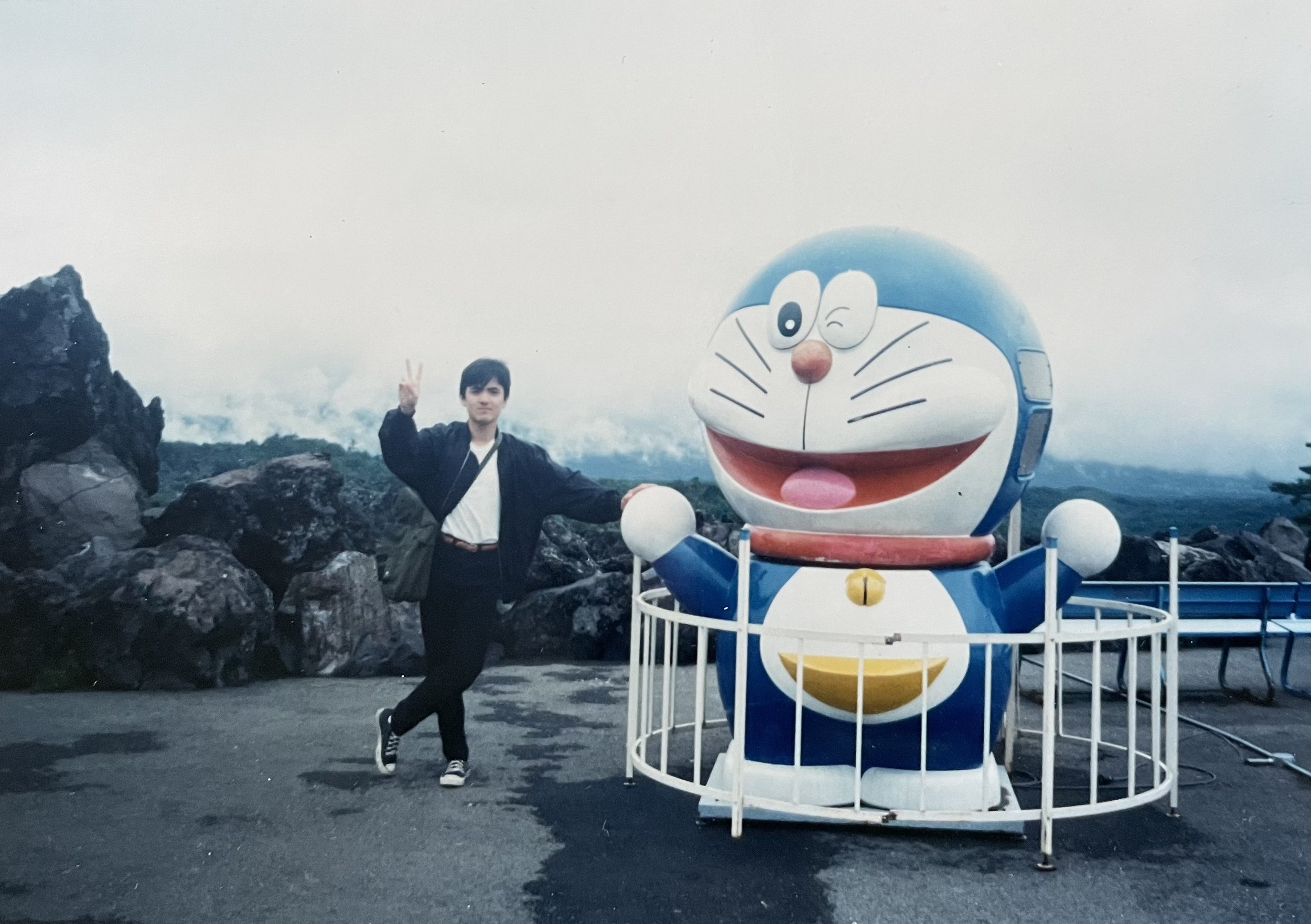


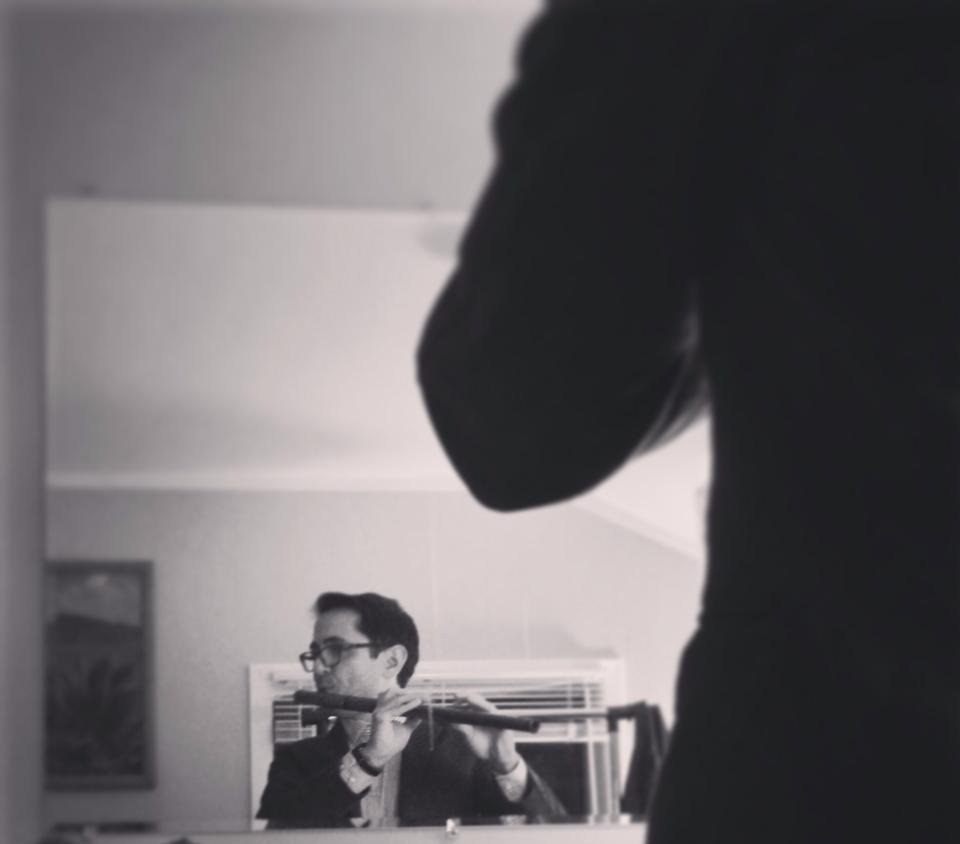
Zen and the Art of Jigs and Reels…
Alicia asked: One of my main interests these days is hearing musicians' ideas about mindset while they are engaged in playing--the meditative qualities involved in making music. I don't know much about shakuhachi, other than experiencing the meditation of it through your playing. I'd love to hear anything you'd like to share around those topics. Bonus if you want to extend that to trad as well!
Here goes nothing!
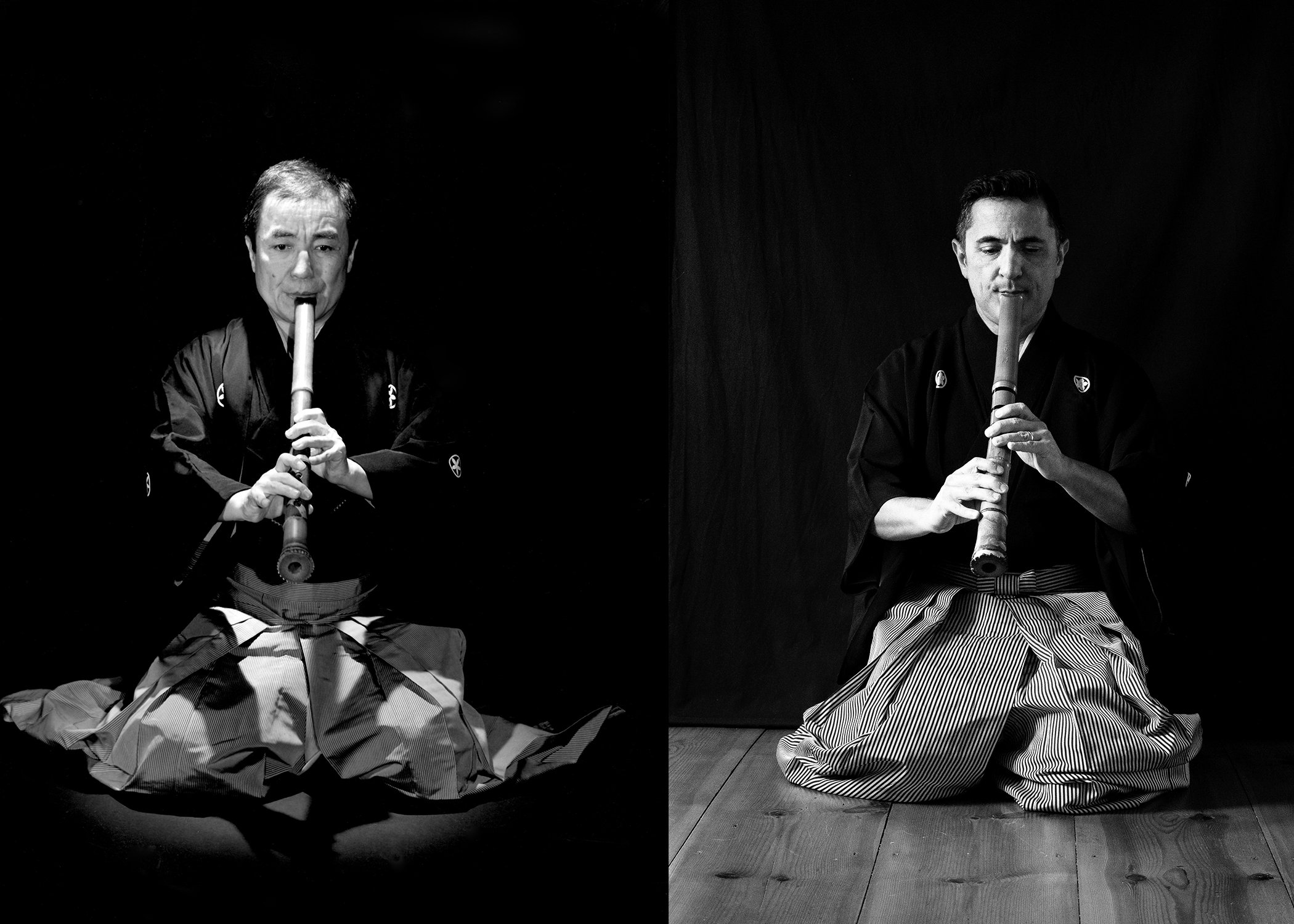
“You Really Should Smile More…”
Robert asked for, “a post dedicated to the fine art of the shakuhachi embouchure!” so here we go! Writing about embouchure is a bit like trying to describe smell using color, but I gave it my best…



Rhythm & Flutes 2
“Basically, the rule is we articulate melodic lines when descending—never ascending, with one exception…”
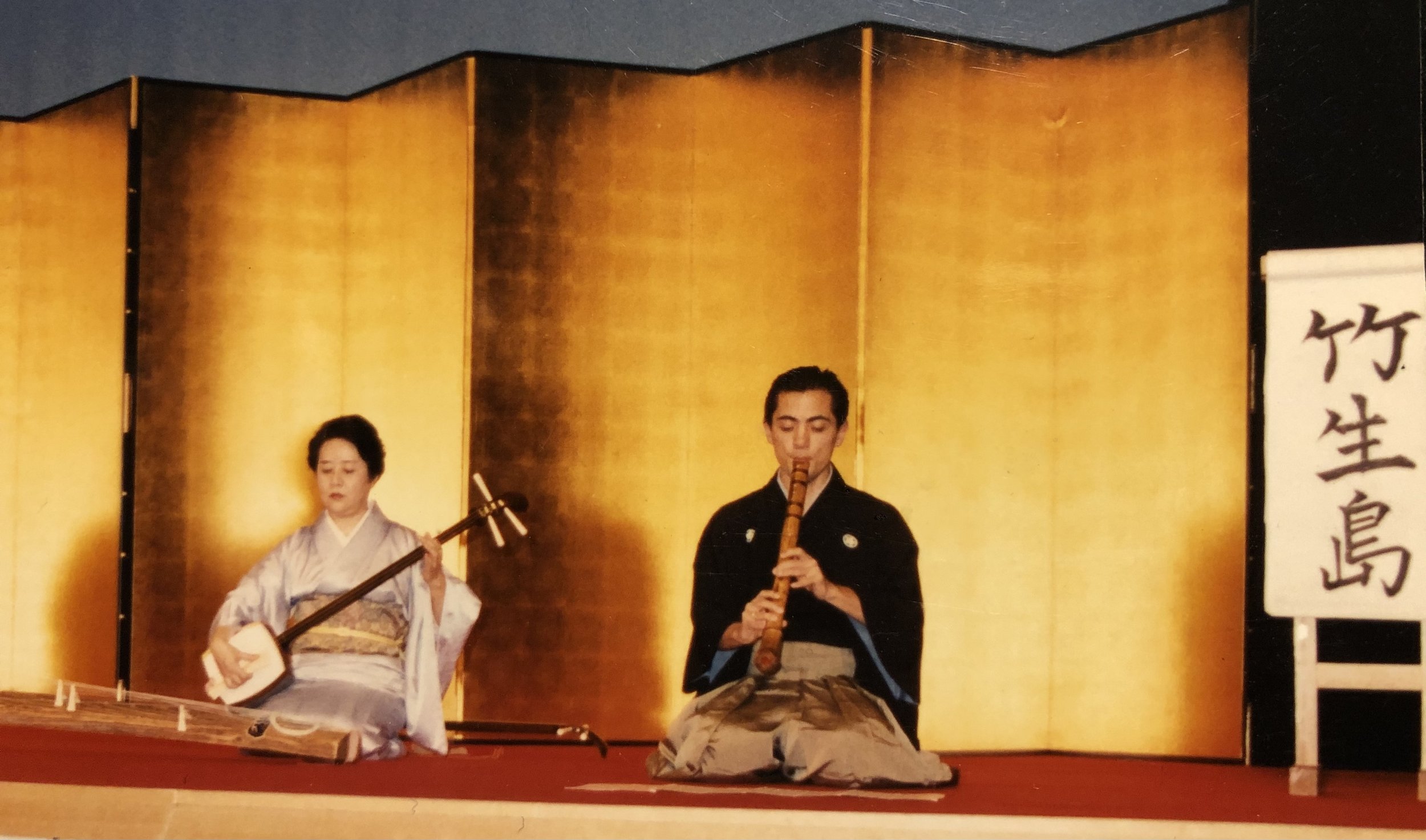
Rhythm & Flutes
I’m (hopefully) going to address—and maybe expand on—the second part of Mark’s excellent question first: That of rhythm and tempo.

Going Off Book
“…I believe there is real value in the process of imprinting the nuance into one’s core understanding of a piece of music. When we sing a song we’ve committed to memory, it is far more evocative than when we read words off a page…”

Shakus and Suns
“The process of measuring in shakuhachi construction is called tōwari-ho which is a method of dividing by ten which determines the distance between the finger holes versus the length of the flute…Making an instrument without this system creates an unbalanced instrument. The pitch will continue to sharpen as the finger holes are opened, thus severely limiting the player.”